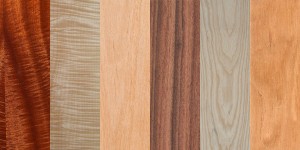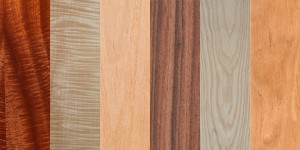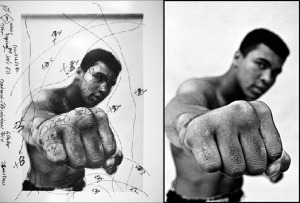
Bass Guitar
Image: blog.andertons.co.uk
Benjamin (“Ben”) Perlin is an active community volunteer and a skilled photographer. Recreationally, Benjamin Perlin pursues multiple passions, including the bass guitar, which he studies under Denny Sarokin. When playing bass, it is critical to understand how the materials making up the instrument affect the tone.
The type of wood that comprises the body has a huge effect on overall sound. Alder remains one of the most common bass guitar woods since it has a balanced sound with high clarity. Less expensive instruments may be made of basswood, a soft material that produces a flatter sound than other options. Agathis is also popular because it is relatively inexpensive and gives a rich sound that emphasizes low and middle tones.
Some more expensive options include maple, mahogany, and ash. Because maple is dense, it creates a long-sustained sound that is bright and clear. Mahogany has a softer, warmer tone. Ash is similar to alder and producers a full, bright sound. Many bassists want instruments made out of swamp ash because the grain is so beautiful.


You must be logged in to post a comment.